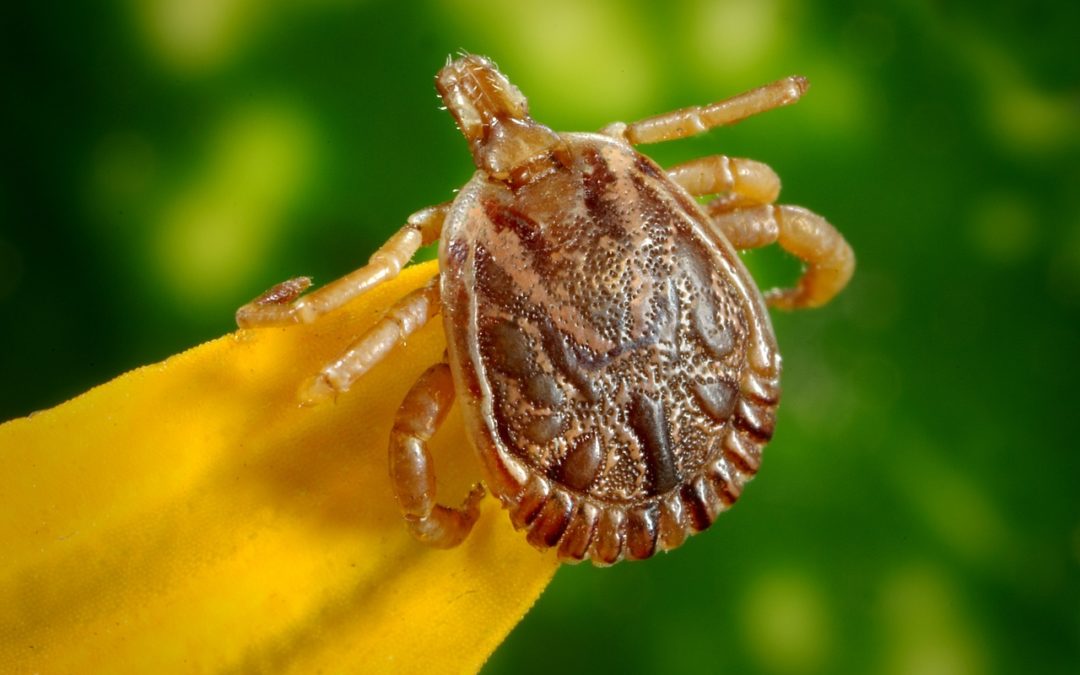Lyme Disease is prevalent in Canada and not always easy to diagnose. According to CanLyme, “it’s difficult to accurately diagnose animals with Lyme disease. In most cases, a Lyme diagnosis is based on whether the pet lives in a tick-infested area, has signs of arthritis or responds to treatment.” Lyme disease is vector-borne disease, meaning it is transmitted through the bite of an infected arthropod (mosquito, tick, etc.). When an infected tick bites your dog, the infection spreads to your dog’s tissues.
April showers bring… ticks? While that may not be how the adage goes, it’s true that as the weather warms, you and your loved ones (including your furry family members) are at increased risk of coming into contact with ticks and being exposed to all the nastiness that accompanies them, including Lyme disease.
Not sure if your dog has Lyme disease? Be sure to look out for these symptoms. The signs of Lyme in dogs may not appear until several months after the initial tick bite, and, even then, can be difficult to detect and diagnose. Sometimes the signs are fleeting and will often mimic other health conditions. Lyme disease in dogs can vary from mild to severe, but the severe cases can lead to kidney failure, heart disease, nervous system complications, and even death.
- Recurrent lameness
- Loss of appetite
- Depression
- Fatigue
- Reluctance to move
- Increased urination and thirst
- Difficulty breathing
How is Lyme treated?
Because Lyme is a bacterial infection, antibiotics will be prescribed, usually for about four weeks. In some cases, antibiotic treatment won’t always eliminate the bacteria and symptoms could return.
How can I prevent my dog from getting Lyme?
Like with many medical conditions, prevention is key. Your dog should be on a regular flea/tick preventive. There is also a Lyme vaccine available.
Avoid environments where ticks thrive, including tall grassy areas. Regularly check your dog for ticks, and, if you find one, remove it by hand.
April is Prevention of Lyme Disease in Dogs Month. We recommended bloodwork for tick-borne diseases after tick exposure. It is important when removing ticks to be sure to remove them in their entirety. If you are uncertain – we are happy to remove the tick for you. If you’re interested in working with our team to add more preventative care for your dog, please contact us today!
Have questions? Need an appointment?
We're here to help! Click the button below to contact us now.
CONTACT US

